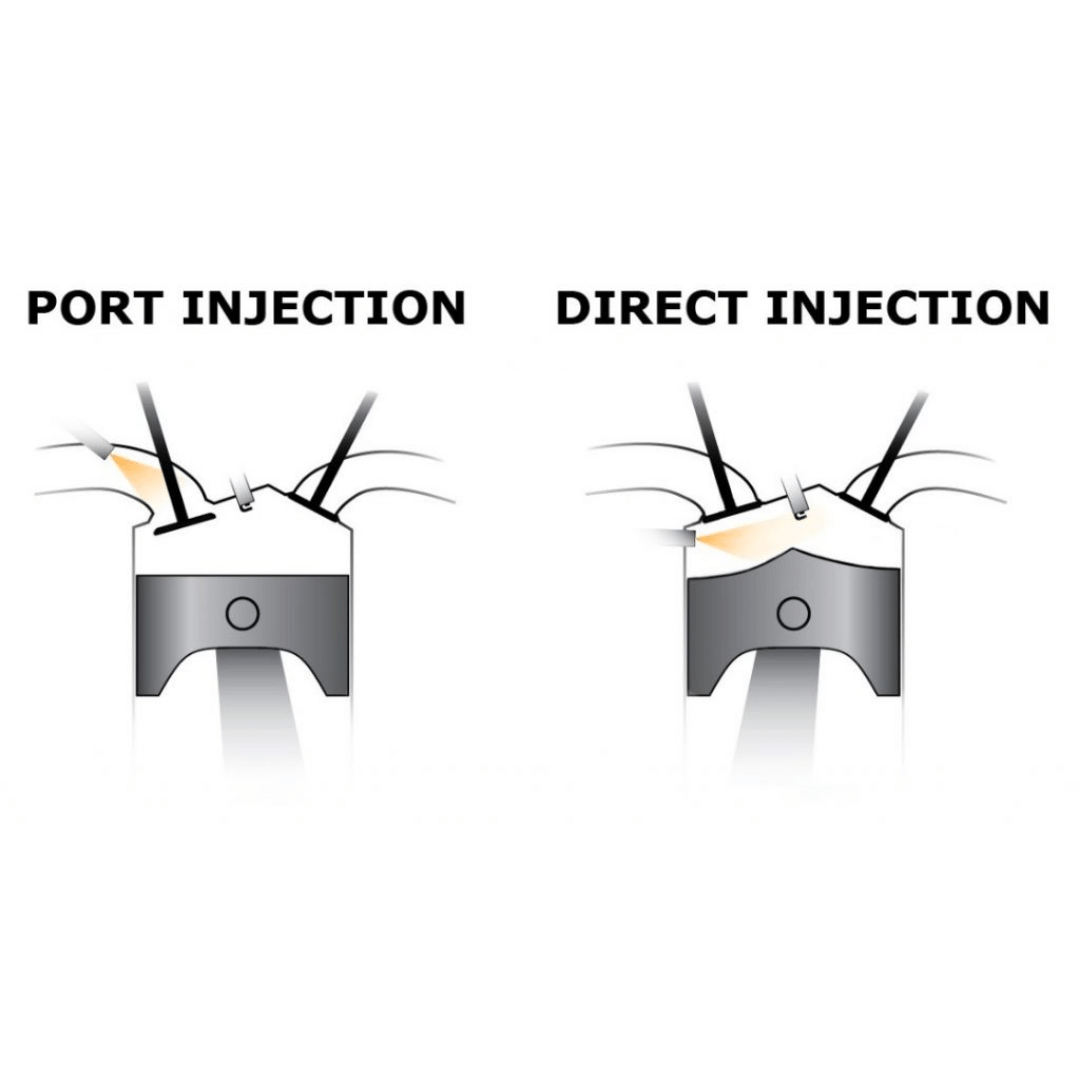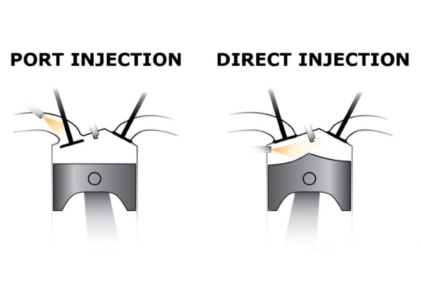The injection system is used to inject fuel so as to cause combustion via the air-fuel mixture within the engine’s combustion chamber. However, there are several types of injection, pneumatic or mechanical. Mechanical injection is distinguished by two operations: direct injection or indirect injection. They are differentiated by the location of the injectors, which varies from one type to another. Let’s compare Indirect Injection vs. Direct Injection Engines.
What are the differences between direct injection and indirect injection?
The injection system is used to deliver fuel to the engine’s combustion chamber to mix with air, creating the explosion that powers the engine.
There are several types of injection systems: pneumatic injection (present on two-stroke engines) and mechanical injection (which injects the fuel via the pressure generated by the injection pump).
Direct injection and indirect injection are two types of mechanical injection. Their main difference concerns the position of the injectors: the most commonly used system is direct injection.
Direct injection
Direct injection was first developed in the field of aeronautics before integrating into the automobile industry in the 1950s . It was first on diesel vehicles that direct injection was marketed, then later on gasoline vehicles. Its operation does not change much from one type of engine to another, except that combustion is noisier on a diesel engine.
On a direct injection system, fuel is injected directly into the cylinder of the combustion chamber. Over time, direct injection has been reworked in order to optimize fuel distribution, improve engine performance and reduce polluting emissions: it is for these reasons that common rail direct injection was created.
Indirect injection
Direct injection works differently depending on the type of engine of your vehicle. There is no need for glow plugs on an indirect injection vehicle.
On a gasoline engine, the injectors will be placed in the intake manifold, before the intake valve. Thus, the air-fuel mixture takes place when the intake valve opens: the injectors will be able to directly evacuate the air above the piston, into the combustion chamber.
On a diesel engine, the injectors are placed after the intake valve, which means that they open before the combustion chamber, in a pre-chamber connected to it. The air is compressed above the piston, then the diesel is vaporized in the pre-chamber. There is therefore a pre-combustion which is established and already heats the mixture to 400°C. Combustion ends in the combustion chamber.
What are the advantages and disadvantages of direct or indirect injection?
Direct injection has certain advantages over indirect injection:
- It offers better engine performance by increasing engine torque at low speeds, for example.
- It helps reduce fuel consumption.
- It makes it possible to reduce polluting emissions: as it injects the fuel directly into the cylinder, it leaves the intake system cleaner.
- It can offer a better compression ratio and, therefore, better engine efficiency.
Although it produces toxic pollutants, direct injection is now favored in the automobile industry for ecological reasons: new vehicles, whether gasoline or diesel engines are no longer equipped with indirect injection. Indirect injection can still be found in the used vehicle market.
If indirect injection had the advantage of limiting repair and maintenance costs , it nevertheless led to higher fuel consumption , therefore polluting more and limiting engine performance , especially in diesel cars.
How do you know if your injection is direct or indirect?
Since the implementation of the vehicle standard, new vehicles no longer have an indirect injection, whether gasoline or diesel engines. This type of injection can, therefore, only be found on a vehicle dating from before the year 2000.
If you are curious, you can determine the type of injection installed on your engine by visually inspecting it:
- For direct injection, the end of the injectors is in the cylinder.
- For indirect injection, the injectors are placed before or after the intake valve.
To obtain reliable information, refer to your maintenance booklet or the technical review of your vehicle.
You know everything about the differences between direct injection and indirect injection! To determine what type of injection is installed on your vehicle, you must know the year of manufacture or refer to its official documents (maintenance logbook, technical review).
Regardless, the injection must be adequately maintained: at the slightest defect, it risks harming the general condition of your engine.

